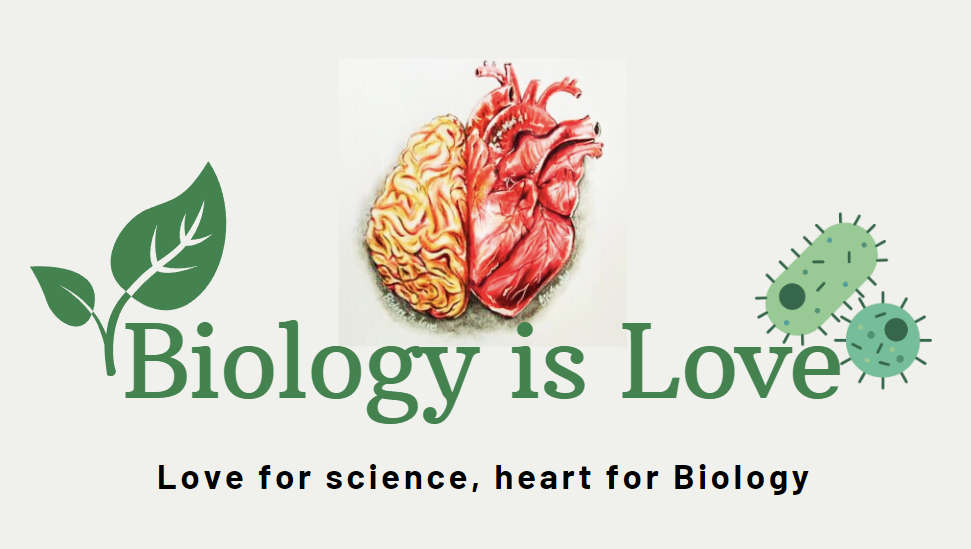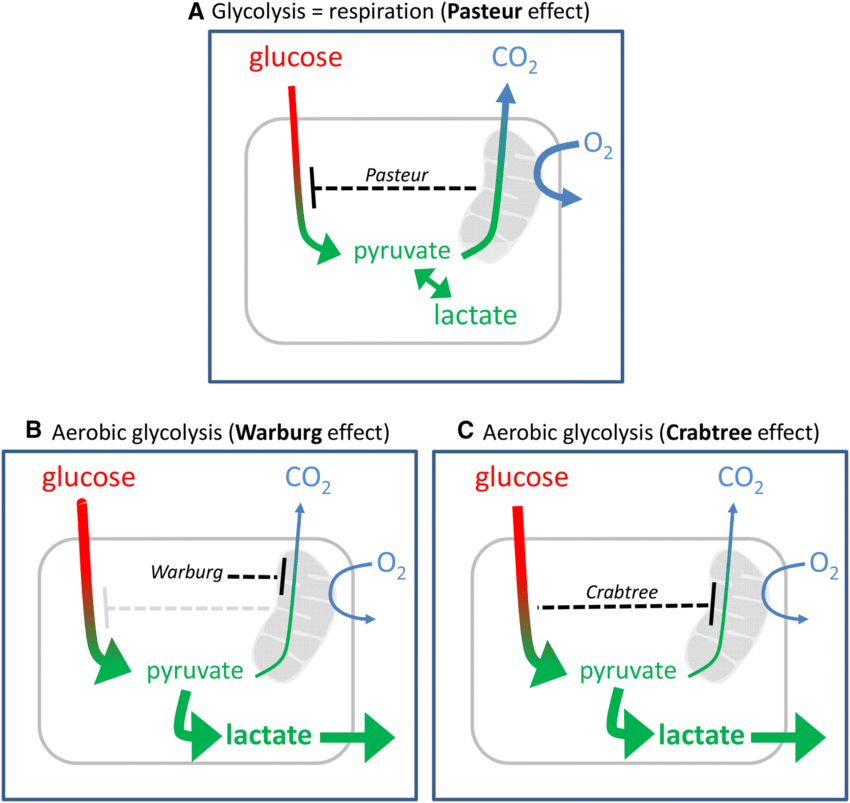Table of Contents
The Crabtree and Warburg effects are two most famous and two most useful cell-energy metabolism mechanism. Metabolite-induced pathways and regulations take parts in the stimulation of these effects.
Crabtree effect:
The ‘Crabtree effect’ name is given by an English Biochemist Herbert Grace Crabtree. This effect is referred to as the production of ethanol in aerobic conditions rather than biomass by yeast cells at high external glucose concentrations through the TCA cycle.
The schematic representation:

This is basically the decrease in the rate of electron transport due to the mass action of the elevated phosphorylation ratio.
Warburg effect:
This effect is referred to as an increase in the rate of glucose uptake and the production of lactate in aerobic conditions. The discoverer of this effect,
Warburg hypothesized that this effect is mainly due to the dysfunctional mitochondria, observed in the tumor cells, predominantly found in the cancer developmental cells.
The Crabtree-Warburg effect interprets that the avoidance of a decrease in ATP is observed in those conditions where higher glucose uptake is found than the downstream processing capability of the second phase of the glycolysis.

